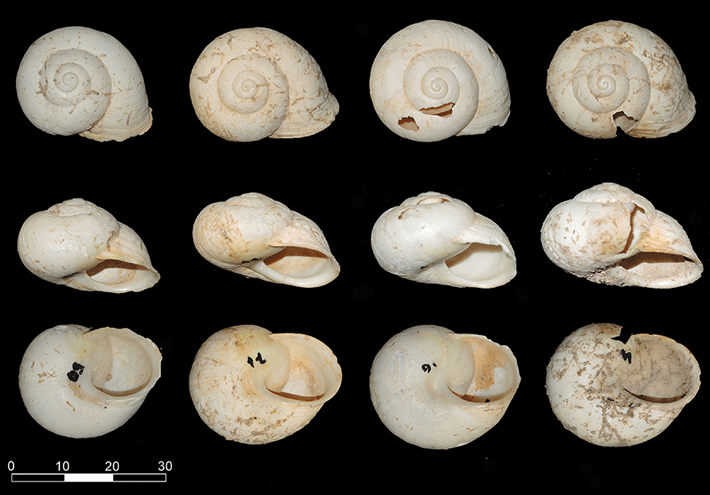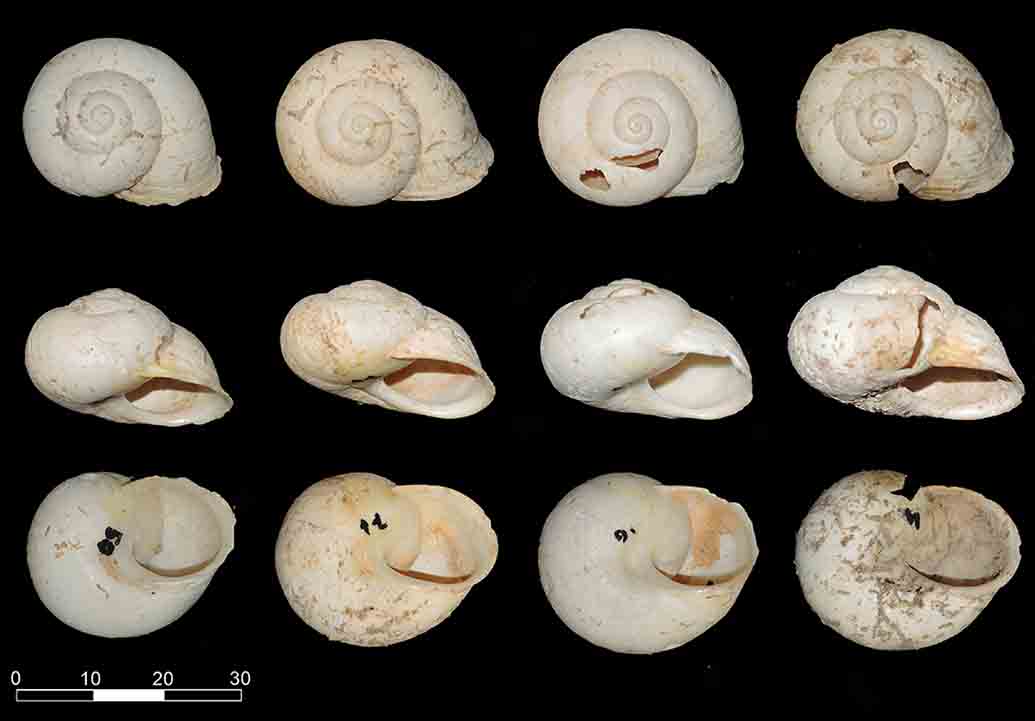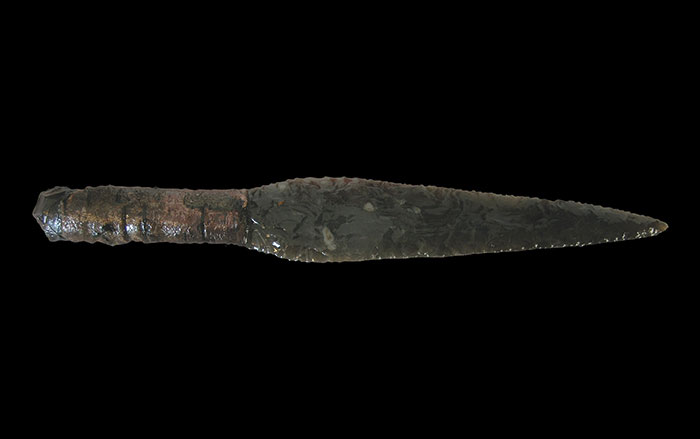
Thirty-one thousand years ago was apparently a time of culinary adventurism in southwestern Spain. A team of researchers excavating Barriada Cave recently uncovered a hearth that contained the shells of roughly 150 snails that had been cooked on a bed of coals—the earliest evidence of people eating escargot. By this time, Neanderthals had disappeared from the area and the population of anatomically modern humans had grown to the point where they had to hunt for new food sources. Team member Javier Fernández-López de Pablo of the Catalan Institute of Human Paleoecology and Social Evolution says that this type of snail, Iberus alonensis, is still considered a delicacy in the region, but not by him. “To be honest,” he says, “I don’t like them too much.”










